I have some numerical results from a calculation which gives me the following plot.
The data is stored in a matrix sorted by the horizontal axis. Visually, I can follow each line easily and I want to fit each of them but I have no idea how to do it and what tools to use.
